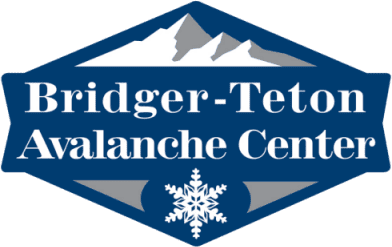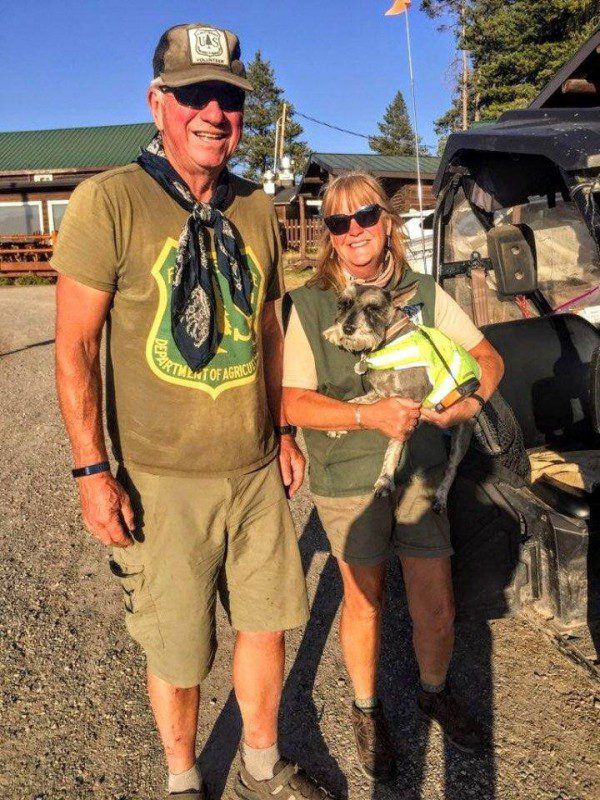Bill Baehr and Sandy Cabral are the original Ambassadors; they started as the Camping Ambassadors at Toppings/Spread Creek in 2017. Previously, Bill worked as a wrangler guide at Triangle X Ranch, which is adjacent to the BTNF, for 19 seasons, 13 seasons of which were full-time. Sandy worked at Triangle X for 4 seasons. “We both love helping the public to safely enjoy their National Forest,” they say. “Helping campers out brings a lot of gratification.” For their years of work as Ambassadors, the couple was recognized as the “Super Volunteers” of 2022 by the local weekly paper, the Jackson Hole News & Guide.
“The one thing I really admire about Bill and Sandy is that they have taken personal ownership,” says Scott Kosiba, Friends of the Bridger-Teton’s executive director. “They share a personal investment in the Toppings and Spread Creek areas. They treat that as their home, as their backyard. They come to visitors as neighbors and as people who care about that more than just as a volunteer or someone working for a land management agency. People who are coming and communicating with them are leaving having had a better experience recreating on public lands. They have a better understanding of what it means to recreate responsibly.”
The couple doesn’t just help campers, but also the land. They have expanded the scope of their Ambassador-ship by tackling invasive species in the area. Over several years, Sandy and Bill have removed thousands of milk thistle (Cirsium arvense) plants. A single plant of this invasive noxious weed (from the Mediterranean region) can produce up to 6,000 seeds, each of which can stay viable for nine years. Like many other invasive species, milk thistle, which can grow to between six and eight feet tall, forms dense patches that outcompete native plants for moisture, sunlight, and nutrients. “We noticed that there was a huge area of milk thistle near an area we camped,” Sandy says. “We just started digging them up and, over the several years we’ve been doing this, we’ve seen a huge decline. It’s rewarding to know that we’re making a difference in the health of the land, and that’s on top of helping so many people!”


